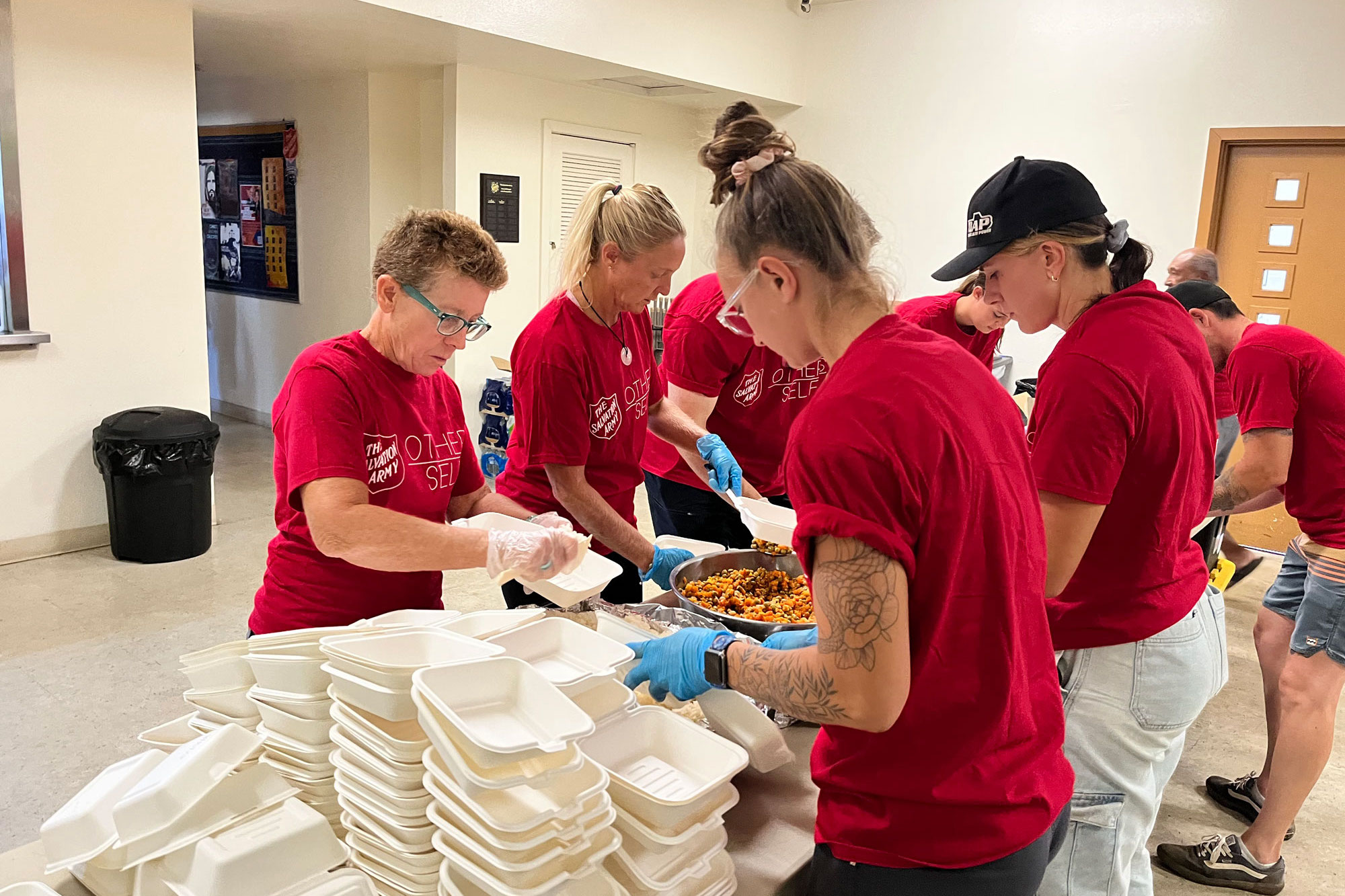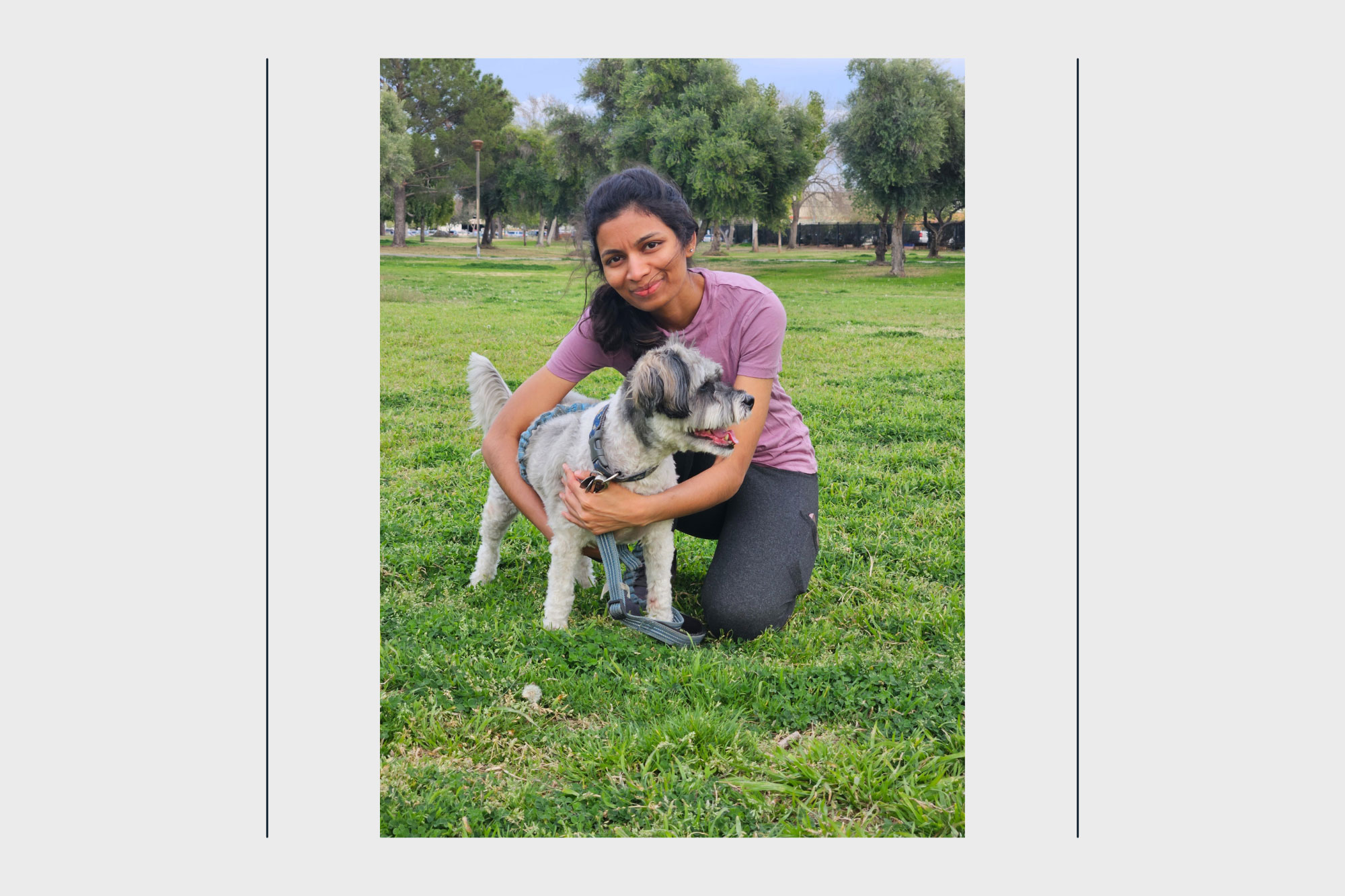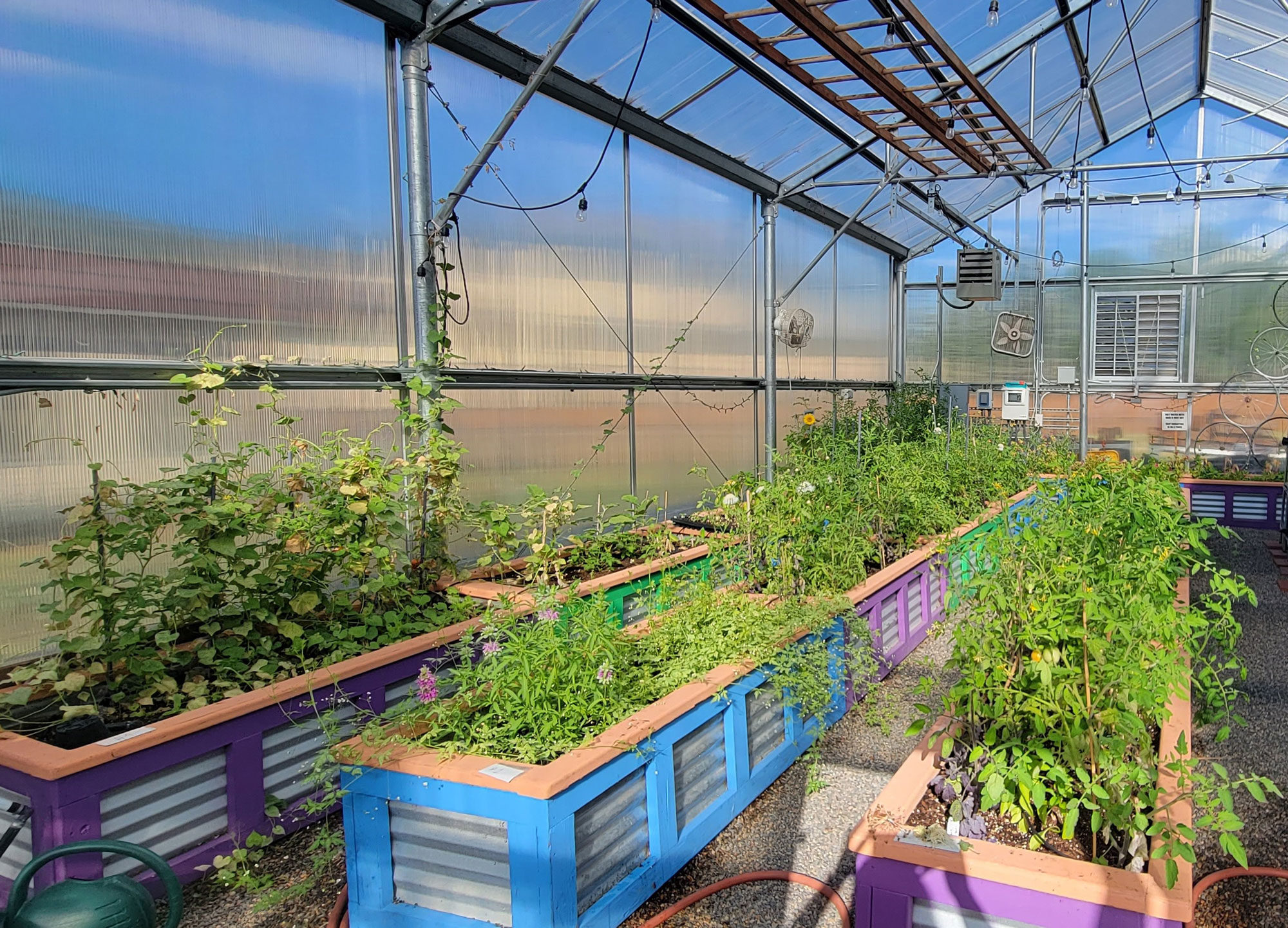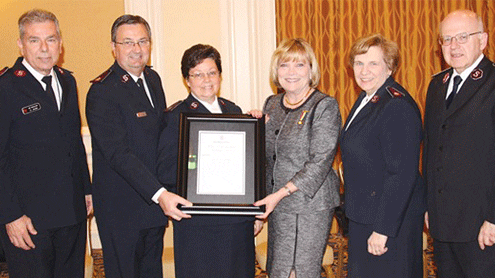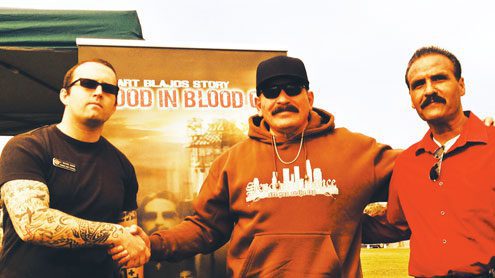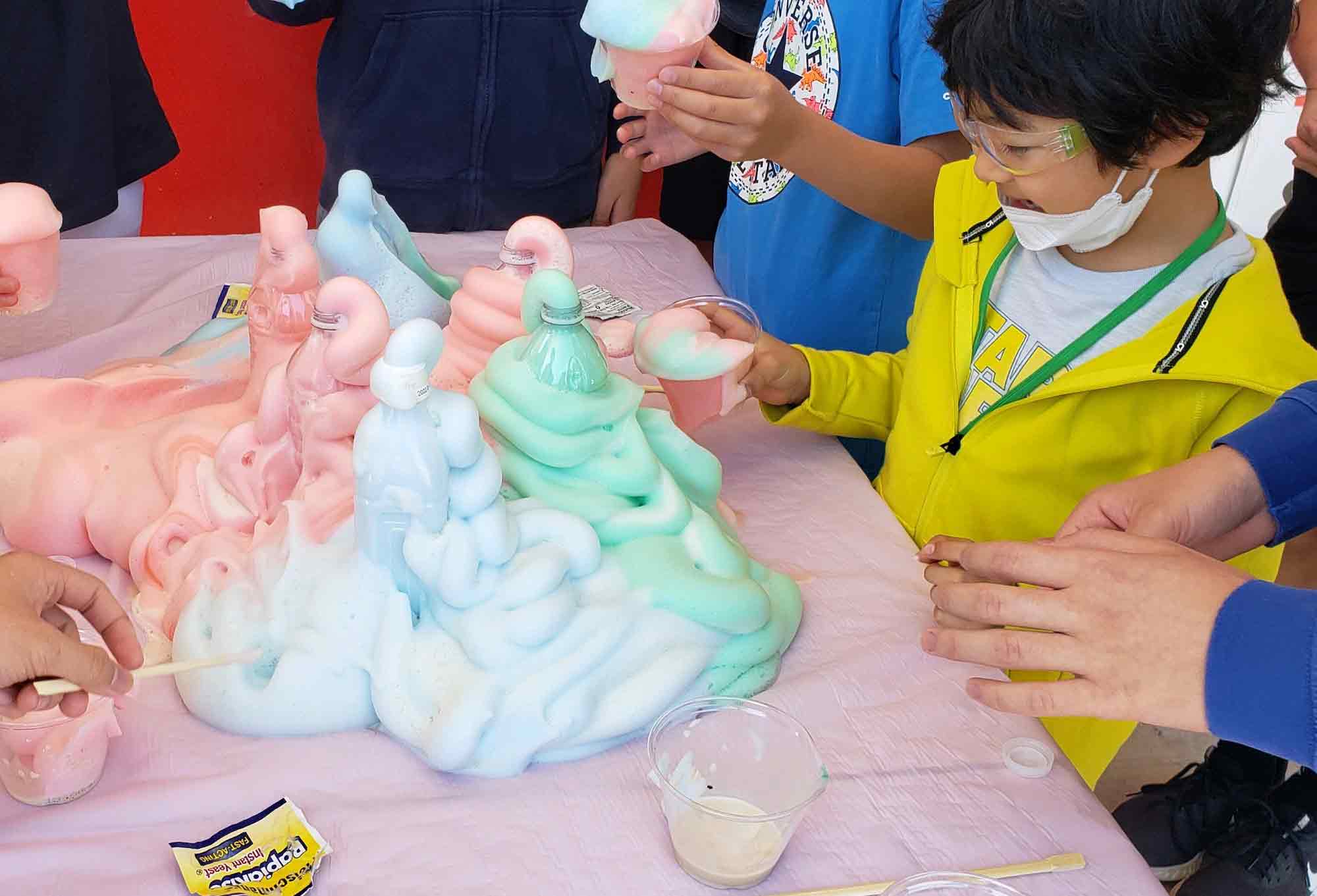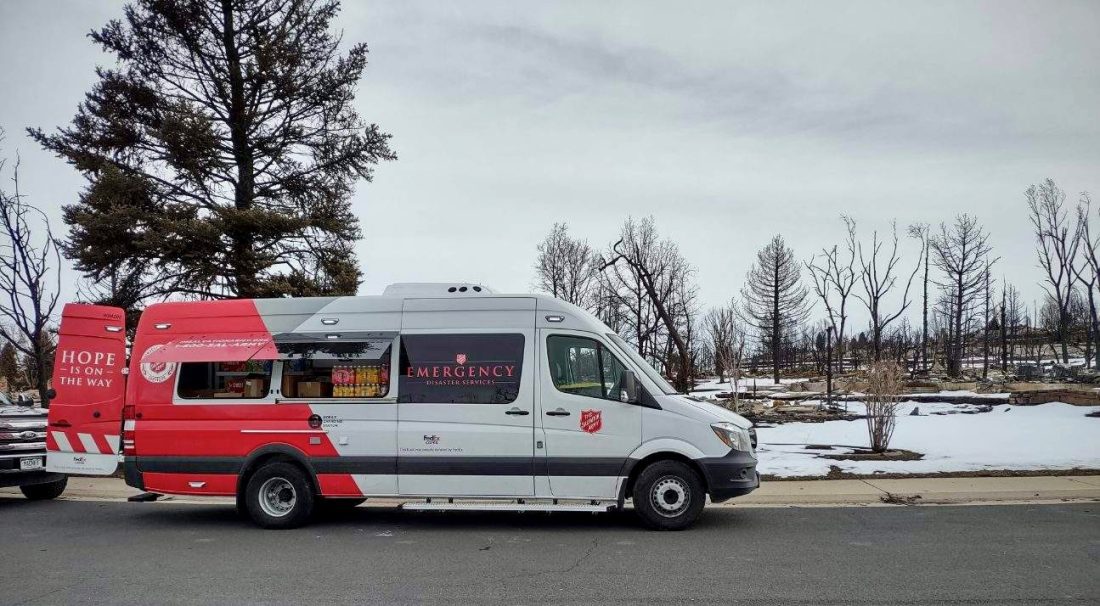Updated Aug. 28
In the 17 days after wildfires devastated the Hawaiian island of Maui, through Aug. 25, The Salvation Army coordinated some 176,000 meals through local and nonprofit partnerships as the primary feeding organization for the immediate relief phase of the emergency disaster response.
Each day, The Salvation Army is coordinating and providing 13,000 meals to survivors in shelters, first responders and many of the more than 11,000 displaced residents from 47 feeding locations, including points of distribution.
“We did what we are called for and expected to do. We showed up. We immediately responded in the mass care mode by figuring out feeding, working with partners, staying in our expected function and doing it with all our might,” said Major Troy Trimmer, Divisional Commander of The Salvation Army Hawaiian and Pacific Islands (HPI), who alongside Western Territorial Commander Commissioner Douglas Riley on Aug. 24 helped prepare meals, visited staff and looked at potential locations for ongoing operation in the most affected area. “The reality of this disaster will take a long time to set in. The fires leave an indelible mark on the heart of anyone who holds the island dear.”
Riley noted meeting one volunteer, who after losing his own home came to help for 16 days straight.
“No words can explain it. Never have I been a part of a response where so many of those you are working with have had a loss themselves or have had family loss,” he said. “I’m proud of the spirit in which we are serving others during this crisis.”
You can help The Salvation Army provide disaster relief for those impacted by the Hawaii wildfire online or by texting HAWAIIFIRE to 51555 to donate now.
The wildfire, the country’s deadliest in over a century, has claimed the lives of 115 people with more than a thousand still missing as the search effort continues. While fanned by high winds in part from Hurricane Dora and fueled by drought conditions on the island, the official cause of the wildfires is still under investigation.
The historic town of Lahaina in West Maui, a popular tourist destination and commercial hub, was hit especially hard, nearly leveling a community some 9,000 people call home.

The Salvation Army confirmed the loss of the entire Lahaina Lighthouse Corps complex including the administrative building, church, thrift store and residential quarters. All staff safely evacuated.
“In time, we will rebuild our buildings, but right now our main focus remains serving those on Maui by not only coordinating and providing meals but also providing emotional and spiritual care,” Trimmer said. “That expression of hope, maybe even joy, resonated the moment I laid my eyes on Envoy Kevin Nagasaki, the Corps Officer of the Lahaina Corps, who in the very early hours after fleeing Lahaina with his family and team, was serving the Ohana of Maui with a smile on his face and a resolve in his heart.”
The Salvation Army will also provide wrap-around services for those who lost their homes and are in temporary housing, which may include food boxes, kitchen items and mini-appliances, hygiene kits, infant kits, and connection to further resources. Trimmer said the ministry of presence allows people to know they are not alone.
“During emergencies, the best way the public can help is to provide monetary donations which allows the delivery of the exact relief supplies a community needs,” said Victor Leonardi, Divisional Director of Emergency Services and Safety for The Salvation Army Hawaiian and Pacific Islands Division. He also serves as chair of Voluntary Organizations Active in Disaster (VOAD) in Hawaii, and is working closely with Maui Mayor Richard Bissen’s office through the Maui Emergency Management agency. He’s coordinating at the state level under Governor Josh Green’s office, as well as through FEMA directly with Administrator Bob Fenton and is playing a lead role in discussions about the next phase of recovery.
The Salvation Army uses 100 percent of all donations designated “disaster relief” in support of disaster operations. And The Salvation Army’s partners have stepped in to help, including gift pledges from State Farm for $150,000, Kaiser Permanente for $100,000, the PepsiCo Foundation for $100,000, and the NFL Foundation for $50,000.
You can help The Salvation Army provide disaster relief for those impacted by the Hawaii wildfire online or by texting HAWAIIFIRE to 51555 to donate now.
“When a devastating event like this happens, I’m always in awe of the generosity and solidarity that we see from the corporations we work with, and this has been no different,” said Maria Todaro, The Salvation Army’s Western Territorial Director of Corporate Engagement. “From PepsiCo and Kaiser Permanente each pledging $100,000 almost immediately, to AT&T setting up our Text 2 Give with no fees, and the countless local businesses in Hawaii who are rallying to support their neighbors by setting up register campaigns, providing critical resources, and hosting events to help us serve—the support has been incredible.”
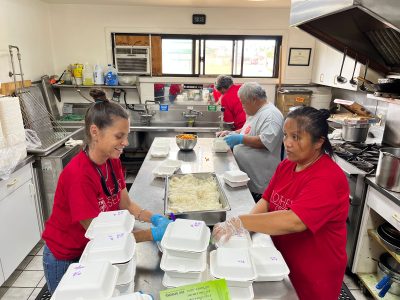
In addition, more than 100 volunteers served a total of 426 hours in the 10 days since the incident began.
“They call it the ‘aloha spirit,’ and I don’t know if it’s just the island culture but everyone is so gentle and polite here,” said Nicole Kanne, Southwest Division Emergency Disaster Services Director who has served as Public Information Officer at Maui Incident Command since Aug. 15, her first visit to Hawaii. “People have been under so much stress but everyone is willing to help. Everyone is pitching in.”
The government is currently working to get people out of emergency shelters and into temporary housing in local hotels. The Salvation Army is collaborating with government and local agencies to determine what role it will play in this phase of the response while acknowledging emotional and spiritual care will be a critical component.
“We don’t know what the long-term recovery will look like, and what the needs will be during the duration,” Trimmer said, “but we are committed to meaningfully respond and to faithfully steward the trust of our donors, neighbors and friends, investing our time and services for the restoration of the people of Maui, to the glory of God.”
Do Good:
- Give to help the disaster response at Hawaii.SalvationArmy.org. Text HAWAIIFIRE to 51555 to donate now.
- See how The Salvation Army fights disaster.
- Listen in to the Do Gooders Podcast Episode 105: How The Salvation Army responds to disaster with John Berglund for a first-hand take on how the organization prepares and responds.











